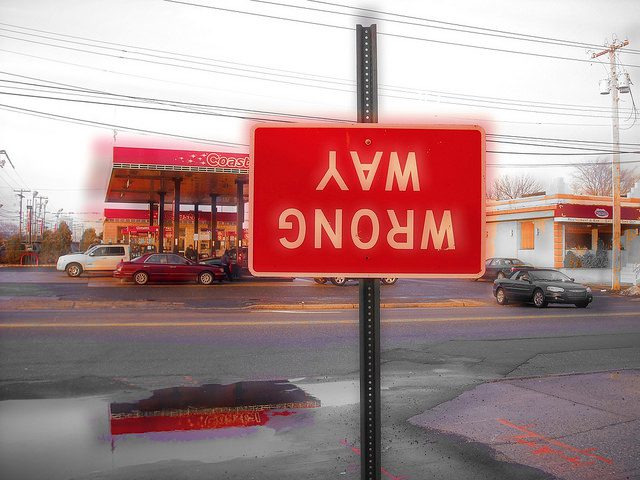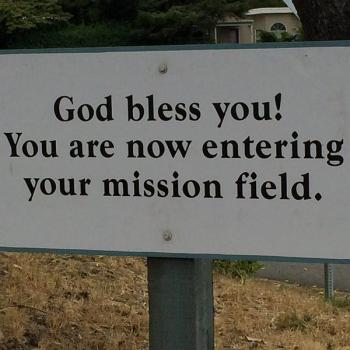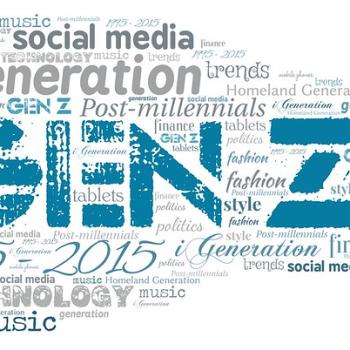Does contextualization mean “changing” the gospel?

That is exactly what one missions leader seemed to suggest in a recent meeting. This leader was speaking about ministry in East Asia. When someone in the audience asked him how honor and shame should influence our gospel presentations, he struggled to answer the question. Not really knowing what to say, his clearest idea was simply this: “We never want to change the gospel!”
At one level, it’s apparent that this man never answers the question. However, in the process, he makes an unfortunate inference. He seems to infer that contextualizing the gospel in terms of honor and shame borders on “changing” the gospel.
This is disappointing on different levels. In Saving God’s Face, I speak of people who “assume the gospel.” By this I mean those who assume that their particular expression of the gospel is THE gospel, as opposed to other people’s way of explaining the gospel. When we do this, a number of problems emerge.
Fundamentally, we set various biblical passages against one another. For example, the gospel message told to Jews in Acts 13 is expressed in quite different terms in Acts 17. One gospel, but preached from contrasting perspectives. In this end, the type of thinking demonstrated by this missions leader perpetuates the unfortunate anxiety some evangelicals have about contextualization.
If done well, contextualization does not change the gospel. Instead, it changes our perspective on the gospel.
A “Zoomed-in” Gospel?
What is being shown in the following picture? Picture 1
Picture 1
Perhaps you have played the “zoom-in” game. In this game, one first views a picture that has been magnified many times. As a result, we see a very zoomed-in perspective of an object. From that unnatural vantage point, it can be a little difficult to figure out what you are looking at.
The goal of the game is to guess what the thing (in the picture) really is. After guessing for a while, the players get to view a zoomed-out view of the object. Both the zoomed-in and zoomed-out pictures show the same object, but the change in perspective completely changes one’s understanding of it.
Try the following photo. You are seeing a “zoomed-in” picture. What is it? Picture 2
Picture 2
Picture 1 is not too difficult. Picture 2 is a bit more challenging. Even though both photos depict something that is true in the world, we have a hard time immediately grasping what exactly we’re looking at.
The fundamental problem is our perspective. As you can see from the zoomed-out photo’s below (at the bottom of this post), nothing is different about the objects themselves. In each picture, one single reality is being depicted.
The Gospel Doesn’t Change, But Maybe We Should
I think the “zoom-in” game helpful describes what is going on with contextualization. The gospel does not change––period. When the biblical writers present the gospel, the tend to answer the same four key questions.
1. Who is Jesus?
2. What has he done?
3. Why does he matter? (This is the salvation question.)
4. How should we respond?
As I have presented this more fully in my article, “Contextualizing the One Gospel in Any Culture.”
The Bible gives a variety of answers to these questions. Hopefully, our understanding of Scripture is constantly growing and maturing so that we get a broader, more comprehensive view of the gospel. Older perspectives must make room for new insights. This is the very essence of maturity. Again, I want to repeat: the biblical message always remains the same.
If we ourselves are not being changed by Scripture, we risk compromising the gospel by settling for truth.
Enlarging Our Perspective of the Gospel
Humility requires us to acknowledge the possibility that we are settling for a “zoomed-in” gospel. This does not mean that our understanding of the gospel is “wrong” as much as it is “deficient.”
We want to know and preach the entire gospel as the Bible presents it. Sometimes, our cultural and denominational backgrounds cause us to focus too narrow on one aspect of the gospel. As a result, we may celebrate wonderful truth; however, we sacrifice so much more of what God has revealed
I urge people not to pit a “zoomed-in” gospel against a “zoomed-out” perspective of the gospel. A “zoomed-in” gospel itself may not be “false”; yet still cause unnecessary stumbling and confusion as to what the gospel message is.
A zoomed-out gospel includes the “zoomed-in” message; however, if we insist on only preaching a “zoomed-in” presentation, practically speaking, we may actually lose the gospel.
Enlarged Perspective of Photo 1
Enlarged Perspective of Photo 2
Photo Credit (Pacifier): CC 2.0 / Flickr Philipp Antar
Photo Credit (Roosters): CC 2.0 / wikipedia

















